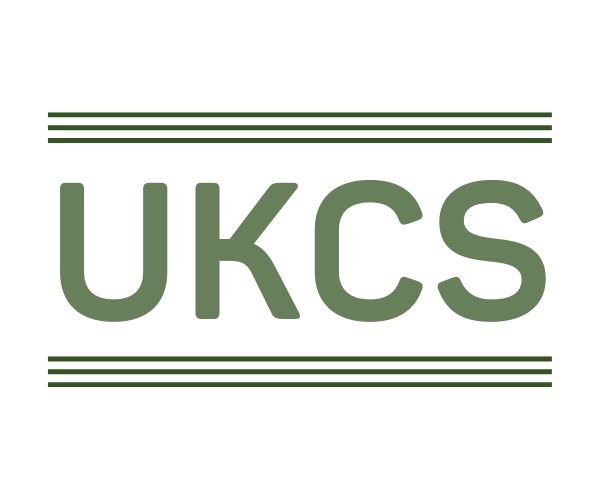Mastering fear - a cabin crew shows how
 Today I am quietly celebrating another 10-year anniversary. September 17, 2001 was the date Flight 156 from Boston Logan landed without incident at London Heathrow.
Today I am quietly celebrating another 10-year anniversary. September 17, 2001 was the date Flight 156 from Boston Logan landed without incident at London Heathrow.
Sounds like a non-event? Not at all!It was one of the first flights out of the airport from which Al Quaeda had launched its deadly terrorist attacks on New York and Washington DC.I had booked American Airlines Flight 156 months earlier. Now I had to decide whether to give in to the widespread fear of similar outrages that was persuading many people to keep their feet well and truly on the ground. However, after weighing the options I boarded the plane. Although this may have been just a small gesture of hope and faith triumphing over anxiety, I was conscious I was playing my part in refusing to be cowed by the evils of terrorism.It was a beautiful flight. I had the privilege of meeting people who were making a far more profound commitment than me to fly through the shadow of fear hanging over post-9/11 aviation.A week earlier the cabin crew had been about to take off when the attacks grounded them. Now they were flying from the same runway even though the company had invited them to stay off work even longer.They told me family and friends had urged them to accept the offer. Instead they felt compelled to do their bit in helping life return to normal.These men and women were now on the front line of the terrorists’ battlefield of choice. They were literally flying through their fears to allow the rest of us to get to business meetings, join family gatherings, and reach holiday destinations.I felt then, and still feel now, that was heroic.Some spoke of spiritual resources. One said a minister at the funeral for the Flight 11 crew which never made it to Los Angeles had insisted: “This was not an act of God!” That simple statement had reassured her.The terrorist aim was a fear fallout from 9/11 as dense as the cloud of dust which spewed from the Twin Towers. The intended target was global thought.While Western governments waged “War on Terror” many people going about their everyday life fought their own internal battles and won. Like the Flight 156 crew they found the inner strength to refuse entry to many anxieties clamouring for attention.So how did they do it?Of course, blind optimism in human nature - or in a divine nature - is, at best, a shaky and vulnerable defence against evil.But disciplining ourselves to take a mental step back from the tug of fear and questioning its validity to run our lives is a healing freedom it is possible to learn to practise consistently.As Nelson Mandela wrote in his autobiography Long Walk to Freedom: “The brave man is not he who does not feel afraid, but he who conquers that fear.”There are many elements in the battle against terrorism. This is perhaps a powerful contribution we each can make to its eventual success.
